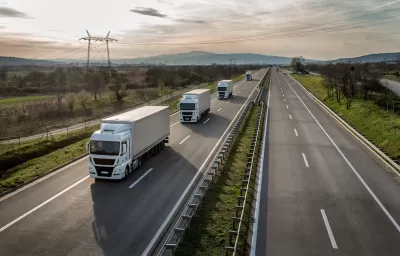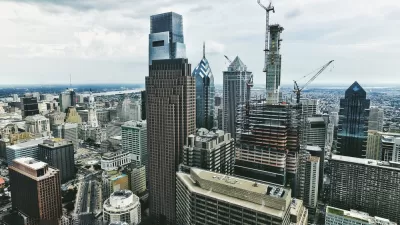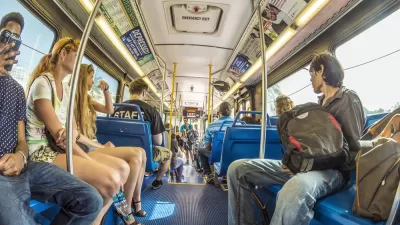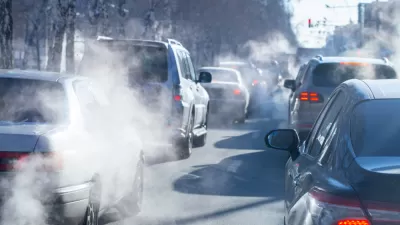Decisions made at the local level can have a significant impact on emissions in the transportation sector.

In an article in Governing, Laurie Mazur describes how some U.S. cities are successfully cutting transportation emissions and the lessons they can teach other cities.
Mazur points out the ways that local governments can impact transportation emissions. “It is municipalities, for example, that determine the location of jobs and housing, and therefore the length of commutes, through zoning laws and other land-use regulations. Longer, more-car-dependent commutes mean more climate-changing emissions.”
The American Council for an Energy-Efficient Economy's (ACEEE) 2024 City Clean Energy Scorecard reveals that 31 of 75 cities studied have targeted emissions reduction goals. Of these, “San Francisco took the top spot in the ACEEE scorecard for transportation, winning points for its excellent transit service, bike network and numerous EV charging stations. The city’s transit agency and central school district are also working to electrify their bus fleets.”
Other top cities include Portland, Oregon, and Oakland, California, both of which have made concerted efforts to promote affordable housing production near transit.
The report highlights the tools that seem to lead to success: making plans and setting targets; zoning changes that seek to reverse sprawl and improve walkability; investment in alternative transportation options; adoption of more efficient vehicles in city fleets and city-sponsored rebates for e-bikes and electric cars; and more efficient freight systems.
FULL STORY: Some Cities Are Actually Cutting Transportation Emissions. Here’s How.

Study: Maui’s Plan to Convert Vacation Rentals to Long-Term Housing Could Cause Nearly $1 Billion Economic Loss
The plan would reduce visitor accommodation by 25,% resulting in 1,900 jobs lost.

North Texas Transit Leaders Tout Benefits of TOD for Growing Region
At a summit focused on transit-oriented development, policymakers discussed how North Texas’ expanded light rail system can serve as a tool for economic growth.

Using Old Oil and Gas Wells for Green Energy Storage
Penn State researchers have found that repurposing abandoned oil and gas wells for geothermal-assisted compressed-air energy storage can boost efficiency, reduce environmental risks, and support clean energy and job transitions.

Private Donations Propel Early Restoration of Palisades Playground
Los Angeles has secured over $1.3 million in private funding to restore the Pacific Palisades playground months ahead of schedule, creating a modern, accessible space that supports community healing after recent wildfires.

From Blight to Benefit: Early Results From California’s Equitable Cleanup Program
The Equitable Community Revitalization Grant (ECRG) program is reshaping brownfield redevelopment by prioritizing projects in low-income and environmental justice communities, emphasizing equity, transparency, and community benefits.

Planting Relief: Tackling Las Vegas Heat One Tree at a Time
Nevada Plants, a Las Vegas-based nonprofit, is combating the city’s extreme urban heat by giving away trees to residents in underserved neighborhoods, promoting shade, sustainability, and community health.
Urban Design for Planners 1: Software Tools
This six-course series explores essential urban design concepts using open source software and equips planners with the tools they need to participate fully in the urban design process.
Planning for Universal Design
Learn the tools for implementing Universal Design in planning regulations.
Ascent Environmental
Borough of Carlisle
Institute for Housing and Urban Development Studies (IHS)
City of Grandview
Harvard GSD Executive Education
Toledo-Lucas County Plan Commissions
Salt Lake City
NYU Wagner Graduate School of Public Service





























